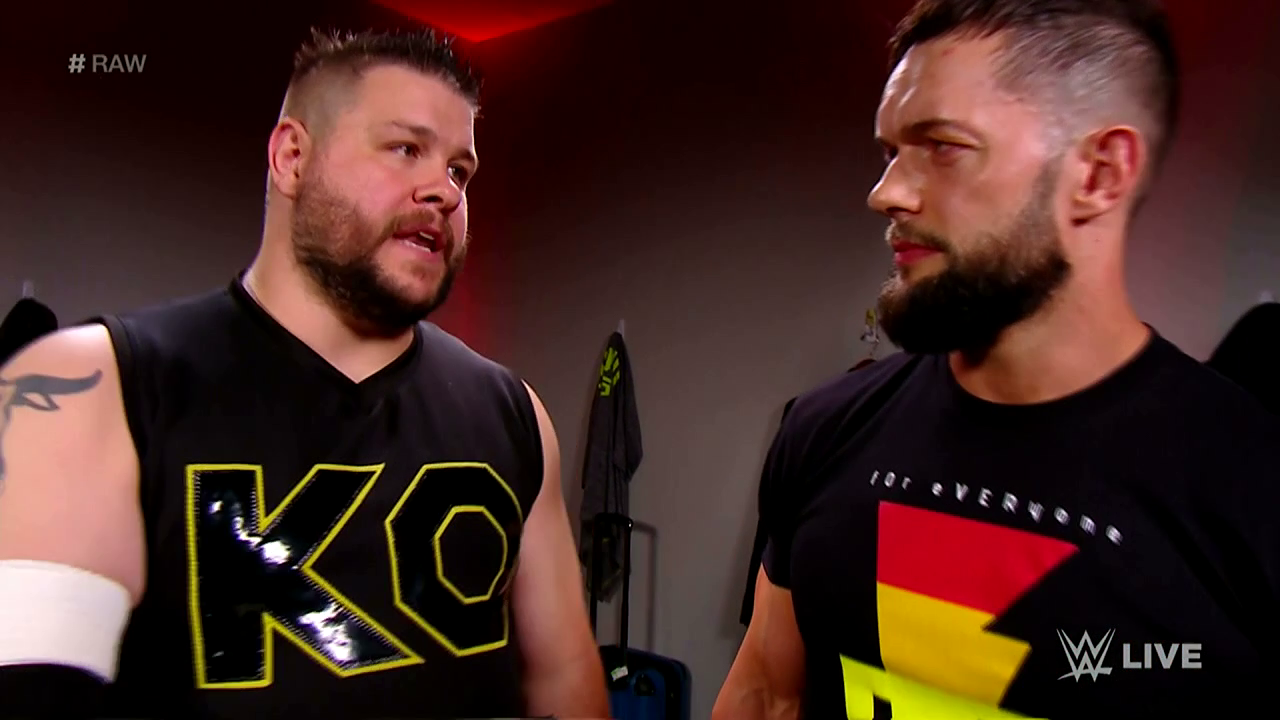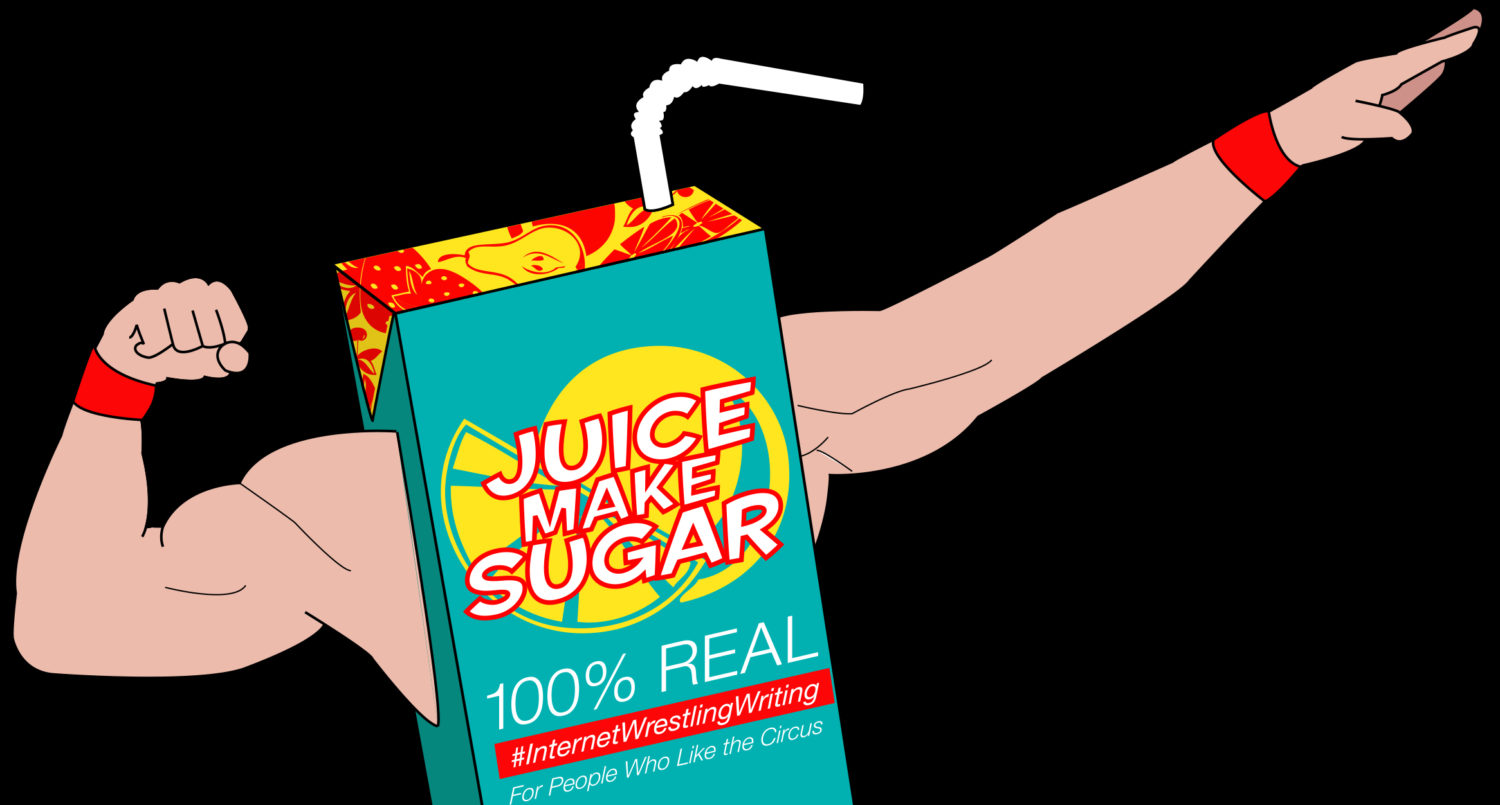Not a terribad rehash was the (previously announced) Fatal 4-Way Match between Natalya, Ember Moon, Sasha Banks and Alexa Bliss. As has been the case for the last few weeks — tbh, probably since WrestleMania 33 — the Women’s match was a standout in a night of solid-to-great performances. While I wouldn’t go as far to say it’s “easier” for women performers to put on quality performances, it’s become obvious that it’s easier for these women to put on a better show than their male counterparts. Some of that is expectations, less in the sense that the audience has low ones for women, but that they don’t have many at all because there aren’t 60 years of storyline “progress” narrowing the (non-Ronda) possibilities of any given match to one of three or four possible outcomes.
Though a lot of it is just how hard all of these women go at each other. There’s an electricity in most of the women’s matches that definitely speaks not just to the momentum they feel behind them — both from the fans and the company — but the opportunities that they still see in front of them. While Ronda (the division’s biggest star) and Stephanie (its greatest public supporter) have publicly stated that they hope that the company moves past “first-ever ___” for their division, matches like this showcase not “how far they’ve has come” but how much more time, energy and space they deserve.
Even if Natalya beating someone in a Sharpshooter on her bum-ass leg was probably the weirdest way to end it out of all the possible choices. It reeked of “trying to build momentum” for a character about to be given a semi-major push as Ronda’s Ed Leslie, not as the logical conclusion of a match that had to that point had gotten the crowd as slightly-above-room-temperature as they were going to get.
***
It’s been said repeatedly, including in this space, that the only thing that the Attitude Era understood better about how modern wrestling should work is the interconnected world backstage that propped up most of the period’s best work. Like the endgame sequences of The Family That Slays Together Stays Together (Part Two), having performers interacting in meaningful ways backstage adds not just to the plot of the show, but (if done correctly) can account for most of the characterization work that WWE often overlooks. Kevin Owens running around at his somewhat-reasonable-if-still-wholly self-centered best trying to convince Finn Balor and, later, Bobby Roode in pursuit of taking down Braun Strowman, helps his fellow performers define themselves both in response to him and the larger threat of BRAAAUUUN.
Which is why it works so well to have Balor, against his better judgement, agree to work with KO. As is often the case withk an alien invasion or monster — speaking of which, I am yet to see evidence Braun that isn’t both — movie, existential crises make strange bedfellows. Especially when you consider that Balor is acutely aware that Braun is potentially beatable and that that is something he would have known more definitively if KO hadn’t interrupted their match two weeks earlier. While he says so during this segment and later on, having Finn obviously decide that he’s only involved because there’s essentially no other logical option to prevent him getting it from both Braun and KO (as opposed to Braun or KO) helps define him as something closer to a truly “good” character.

As opposed to Bobby Roode, who seemed ready to make concessions to gain at any potential edge anyone offers him regardless of future consequences.


